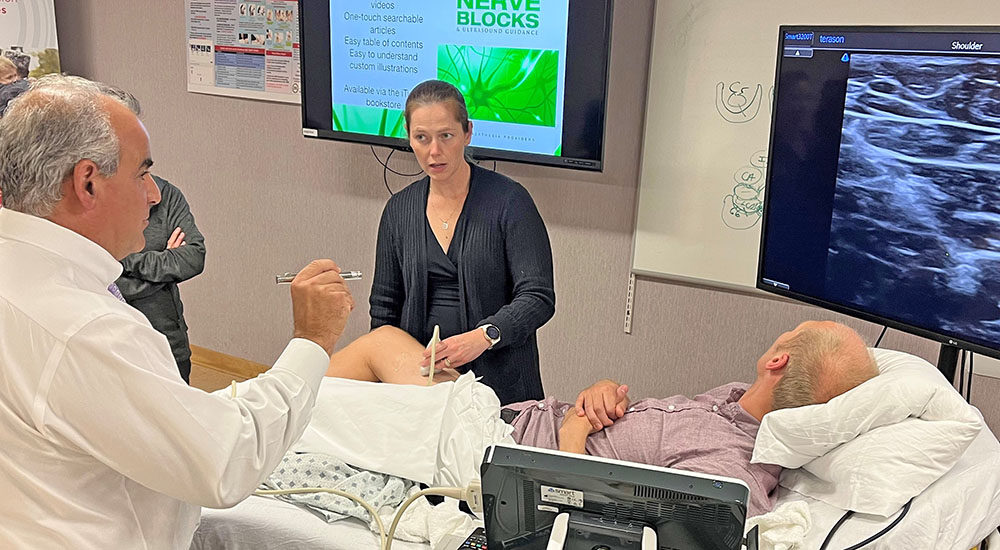Ultrasound technology has revolutionized the field of medicine in various ways, and its applications in anesthesia are no exception. The ability of ultrasound to provide real-time imaging and visualization of anatomical structures has made it an invaluable tool for anesthesiologists. By joining a specialized ultrasound regional anesthesia course focused on the use of ultrasound in anesthesia, healthcare professionals can unlock a whole new level of precision and effectiveness in their practice.
One of the key benefits of using ultrasound in anesthesia is its ability to improve the accuracy of nerve blocks. By visualizing nerves and surrounding structures in real time, anesthesiologists can precisely target the nerve they need to block, leading to improved outcomes for patients. This level of precision also helps to reduce the risk of complications and ensures that the anesthesia is delivered exactly where it is needed, maximizing its effectiveness.

Image Source- Google
Ultrasound guidance is particularly valuable in regional anesthesia procedures, such as nerve blocks and epidurals. These procedures can be challenging due to variations in patient anatomy, and traditional methods of guidance can be less reliable. By using ultrasound, anesthesiologists can confidently navigate around obstacles and ensure that the anesthesia is delivered safely and accurately, even in complex cases.
In addition to improving the accuracy of nerve blocks, ultrasound can also help with vascular access during anesthesia procedures. Locating veins for cannulation can be difficult in some patients, especially those with challenging vascular anatomy. Ultrasound can help to visualize veins beneath the skin, making it easier to identify the best site for cannulation and reducing the risk of complications such as accidental arterial puncture.
Another significant advantage of using ultrasound in anesthesia is its ability to guide airway management procedures. In cases where intubation or other airway interventions are necessary, ultrasound can help to assess the anatomy of the airway and identify any potential obstructions or abnormalities. This information can be crucial for ensuring a successful airway procedure and minimizing the risk of complications.
By joining a specialized training course focused on ultrasound in anesthesia, healthcare professionals can gain the knowledge and skills they need to incorporate this technology into their practice effectively. These courses typically cover topics such as ultrasound physics, image interpretation, and practical hands-on training with ultrasound machines. Participants learn how to use ultrasound for nerve blocks, vascular access, airway management, and other anesthesia procedures, gaining confidence and proficiency in this valuable tool.
